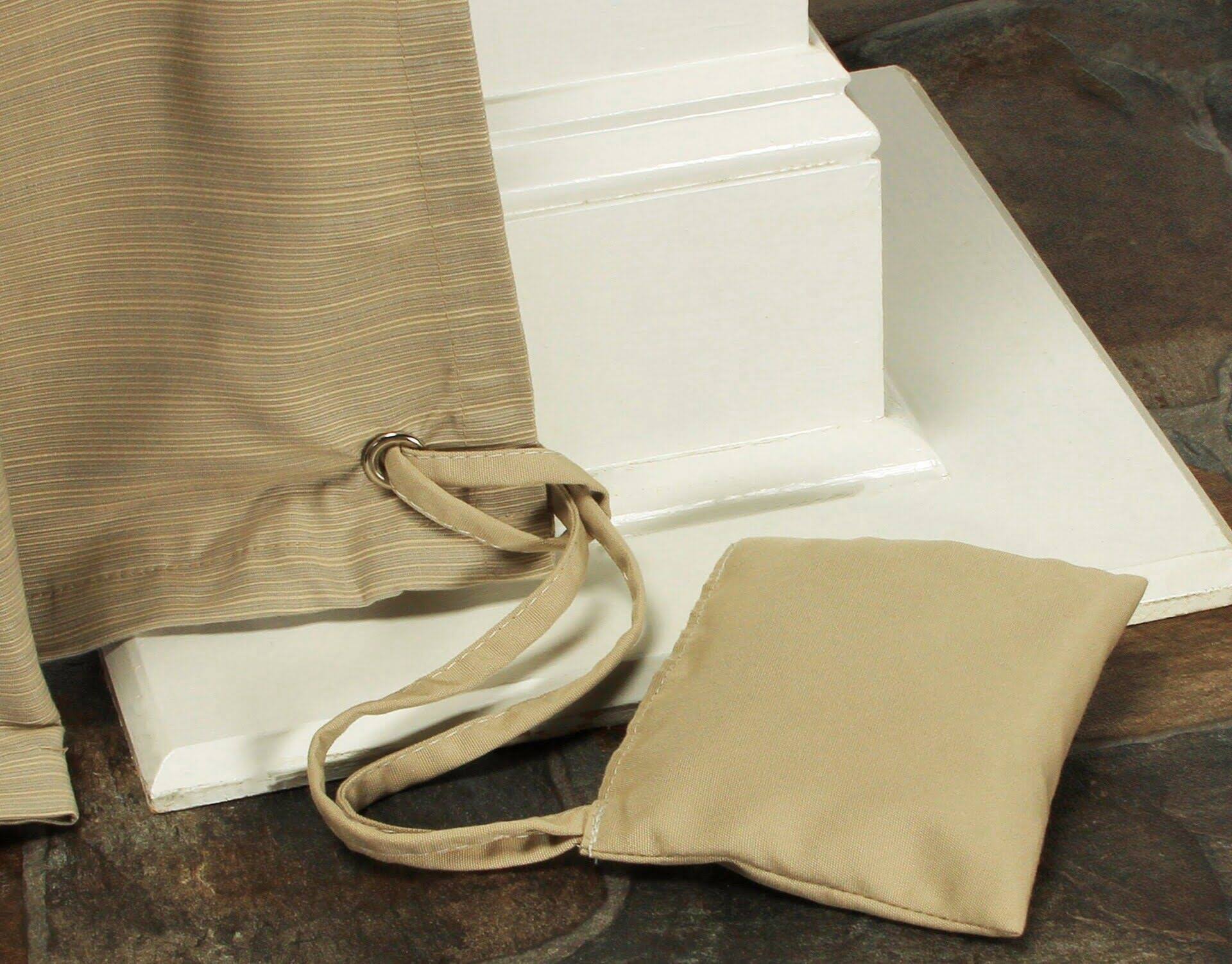

Articles
How To Weight Down Outdoor Curtains
Modified: October 20, 2024
Discover effective ways to weight down your outdoor curtains with these informative articles. Find tips and techniques for securing your curtains in place for a stylish and functional outdoor space.
(Many of the links in this article redirect to a specific reviewed product. Your purchase of these products through affiliate links helps to generate commission for Storables.com, at no extra cost. Learn more)
Introduction
Outdoor curtains are an excellent addition to any outdoor space, providing both aesthetic appeal and functional benefits. They offer privacy, shade, and protection from the elements, allowing you to enjoy your outdoor living area to the fullest. However, one common challenge of using outdoor curtains is the need to keep them in place, especially on windy days.
In this article, we will explore the importance of weighting down outdoor curtains and discuss different methods to achieve this. Whether you have a patio, porch, or balcony, these techniques will help you keep your curtains securely in place, ensuring that you can enjoy your outdoor space without worrying about them flapping in the wind.

Key Takeaways:
- Weighting down outdoor curtains is crucial for maintaining functionality and aesthetic appeal, preventing flapping in the wind, and ensuring a comfortable outdoor living space.
- Consider factors such as curtain material, wind conditions, and aesthetic preferences when choosing a weighting method, and regularly maintain the chosen method for long-term stability and functionality.
Read more: How To Weigh Down A Shower Curtain
Purpose of Weighting Down Outdoor Curtains
The primary purpose of weighting down outdoor curtains is to prevent them from blowing around in the wind. When outdoor curtains are not properly secured, they can become a nuisance, constantly swaying and tangling, which not only affects their functionality but also diminishes their aesthetic appeal.
By adding weight to the bottom of the curtains, you can ensure that they remain in place, even on windy days. This not only creates a more pleasant outdoor environment but also extends the lifespan of the curtains. Weighted curtains are less likely to tear or fray due to constant movement, ensuring that you can enjoy them for years to come.
Additionally, weighting down outdoor curtains offers added privacy. When curtains are secure and stationary, they create a barrier that shields your outdoor space from prying eyes. Whether you’re enjoying a quiet breakfast on the patio or hosting a gathering with friends, having privacy is essential for creating a comfortable and relaxing atmosphere.
Furthermore, weighted curtains offer protection from the sun’s rays. By keeping the curtains securely in place, you can effectively block out the harsh sunlight, reducing glare and providing shade for your outdoor seating area. This not only makes your space more enjoyable but also helps to keep you cool on hot summer days.

Types of Outdoor Curtains
Before delving into the methods of weighting down outdoor curtains, it’s important to understand the different types of outdoor curtains available. This will help you determine the most suitable weighting method for your specific curtain design.
1. Outdoor Fabric Curtains: These curtains are specifically designed to withstand outdoor conditions. They are made from durable and weather-resistant fabrics, such as polyester or outdoor-rated textiles. Outdoor fabric curtains come in various colors, patterns, and styles, allowing you to customize the look of your outdoor space.
2. Bamboo or Reed Curtains: Bamboo or reed curtains add a natural and tropical vibe to your outdoor area. These curtains are woven from bamboo or reed, providing shade and privacy while still allowing airflow.
3. Mesh or Sheer Curtains: Mesh or sheer curtains are ideal for those who want to maintain a certain level of visibility while still enjoying the benefits of outdoor curtains. These curtains are made from lightweight and breathable materials that offer some level of privacy while allowing ample natural light to filter through.
4. Outdoor Sunbrella Curtains: Sunbrella curtains are known for their superior quality and durability. Sunbrella is a brand of fabric that is fade-resistant, water-resistant, and highly durable. These curtains come in a wide range of colors and patterns, and they are perfect for high-traffic outdoor areas.
5. Outdoor Mosquito Net Curtains: Mosquito net curtains are designed to keep pesky insects out while still allowing airflow. These curtains are typically made with fine mesh materials that effectively prevent mosquitoes and other bugs from entering your outdoor space.
It’s important to choose the type of outdoor curtain that best suits your needs and preferences. Each type has its own unique features and benefits, so consider factors such as privacy, durability, and aesthetic appeal when making your selection.
Factors to Consider Before Choosing Weighting Method
When it comes to weighting down outdoor curtains, there are several factors you should consider before selecting a method. These factors will help you determine the most effective and suitable method for your specific outdoor curtains and environment.
1. Curtain Material: Different curtain materials require different weighting methods. For example, fabric curtains can be easily weighted using bottom weights or insert pockets, while mesh or sheer curtains may require a different approach, such as using clips or grommets. Consider the material of your curtains and choose a weighting method that is compatible with it.
2. Wind Conditions: Assess the typical wind conditions in your area. If you live in a windy location, you will need a heavier weighting method to keep the curtains in place. Take into account the intensity and direction of the wind to ensure that your chosen weights can withstand the weather conditions.
3. Curtain Length: The length of your outdoor curtains will impact the effectiveness of the weighting method. Longer curtains may require additional weights or a more secure attachment method to prevent them from swaying or dragging on the ground.
4. Aesthetic Preferences: Consider the overall aesthetics of your outdoor space. Some weighting methods, like sewn-in bottom weights or weighted chains, may be more visually discreet, while others, like grommets or clips, can add a decorative touch. Choose a method that aligns with your design preferences.
5. Installation and Maintenance: Evaluate the ease of installation and maintenance for each weighting method. Some methods may require sewing or additional hardware, while others can be easily attached or removed. Consider your level of DIY skills and the amount of time and effort you are willing to spend on installation and upkeep.
By taking these factors into account, you can choose the most appropriate weighting method for your outdoor curtains. Remember that it’s important to strike a balance between functionality and aesthetics to achieve the desired results.
Methods for Weighting Down Outdoor Curtains
There are various methods you can use to weight down your outdoor curtains, depending on the type of curtains and your specific needs. Below, we will explore five effective methods that will help keep your curtains securely in place.
Option 1: Using bottom weights: One of the simplest and most popular methods is to use bottom weights. These weights are typically made of heavy-duty plastic or metal and can be sewn into the bottom seam of your curtains. The weights provide enough stability to keep the curtains from flapping in the wind.
Option 2: Sewing insert pockets for weights: Another option is to sew small insert pockets into the bottom hem of the curtains. These pockets can hold specific weights, such as fishing weights or metal chains. This method allows for easy adjustment and removal of the weights if necessary.
Option 3: Attaching clips or grommets for weights: If your curtains have grommets or tabs, you can attach clips or hooks to them to hold weights. This method provides a more flexible approach as you can easily detach the weights when needed and reattach them as required.
Option 4: Using weighted chains or ropes: Another effective method is to attach weighted chains or ropes to the bottom of your curtains. The chains or ropes add extra weight, preventing the curtains from blowing in the wind. Simply loop the chains or ropes through the bottom hem or attach them to the curtain fabric using hooks or clips.
Option 5: Incorporating weights into curtain hems: For curtains with wide hems, you can incorporate weights directly into the hems. This can be achieved by sewing small pockets along the hemline and inserting weights such as steel washers or metal rods. The weights are discreetly hidden within the hem, providing both functionality and aesthetics.
When choosing a method, consider factors such as the type of curtains, wind conditions, and your personal preferences. It may be helpful to experiment with different methods to determine which one works best for your specific situation.
Read more: How Far Down Should Curtains Hang
Option 1: Using Bottom Weights
One of the most popular methods for weighting down outdoor curtains is using bottom weights. This method involves sewing weights into the bottom seam of your curtains to provide stability and prevent them from blowing around in the wind.
To implement this method, you will need heavy-duty plastic or metal weights specifically designed for curtain weighting. These weights are often available in various shapes and sizes, such as rectangular or cylindrical forms.
Here’s a step-by-step guide to using bottom weights:
- Measure the width of your curtains and cut the weights to match this measurement. It’s important to ensure that the weights are evenly distributed along the entire length of the curtains.
- Fold the bottom hem of your curtains up, creating a small pocket where you will insert the weights. Make sure the pocket is wide enough to accommodate the chosen weights.
- Place the weights inside the pocket, distributing them evenly across the entire width of the curtain. This will help maintain balance and stability.
- Secure the pocket by sewing a straight stitch across the top, ensuring the weights are held securely in place. You can use a sewing machine or sew by hand, depending on your preference and skill level.
- Repeat the process for each panel of your curtains if you have multiple panels.
- Once the weights are securely sewn into the bottom hem, hang your curtains and observe how they hang and move in the breeze. Make any necessary adjustments to ensure the weights are providing the desired stability.
Using bottom weights is an effective method for weighting down outdoor curtains. It keeps the curtains in place and prevents them from flapping or tangling during windy conditions. Additionally, this method is discreet, as the weights are hidden within the bottom hem, allowing your curtains to maintain their aesthetic appeal.
Remember to regularly inspect and maintain your bottom weights to ensure they remain intact. Over time, exposure to the elements and general wear and tear may require you to replace or repair the weights for optimal performance.
Use heavy-duty curtain weights or sew pockets for weights at the bottom of the outdoor curtains to keep them from blowing in the wind.
Option 2: Sewing Insert Pockets for Weights
Another effective method for weighting down outdoor curtains is to sew insert pockets for weights. This method involves creating small pockets within the bottom hem of the curtains and inserting weights into these pockets. It provides flexibility and easy adjustment of the weights as needed.
Here’s a step-by-step guide to sewing insert pockets for weights:
- Measure the width of your curtains and determine the number of weights you will need. Divide the width evenly to determine the spacing between the insert pockets.
- Fold the bottom hem of the curtains up, creating a pocket where you will insert the weights. The size of the pocket will depend on the size and shape of the weights you are using.
- Cut pieces of fabric or curtain material to match the size of the desired pockets. These pieces should be slightly larger than the weights to allow for easy insertion and removal.
- Pin the fabric pieces to the inside of the folded hem, ensuring that they are evenly spaced along the width of the curtain. The weight pockets should align with the spacing determined in the first step.
- Using a sewing machine or by hand, sew along the edges of the fabric pieces to create secure pockets. Reinforce the stitching at the ends to prevent the weights from slipping out.
- Insert the weights into the pockets, distributing them evenly across the width of the curtains.
- Once the weights are inserted, carefully close the pockets by sewing along the open edges, ensuring that the weights remain securely inside.
- Hang your curtains and make any necessary adjustments to the weights if needed. The insert pockets provide the flexibility to add or remove weights as necessary to achieve the desired stability.
By sewing insert pockets for weights, you create a versatile weighting system that allows you to easily adjust the weight distribution based on weather conditions or personal preference. This method is particularly useful if you have varying wind conditions throughout the year or if you want the flexibility to modify the weight placement.
Make sure to regularly check the pockets and weights for any signs of wear or damage. Replace or repair them as needed to ensure the weights remain securely in place and provide the desired level of stability for your outdoor curtains.
Option 3: Attaching Clips or Grommets for Weights
If your outdoor curtains have grommets or tabs along the bottom hem, another effective method for weighting them down is to attach clips or grommets specifically designed for weights. This method offers flexibility and easy adjustment of the weights, as they can be easily detached and reattached as needed.
Here’s a step-by-step guide to attaching clips or grommets for weights:
- Ensure that your curtains have grommets or tabs along the bottom hem. If they don’t, you can add them by sewing or using adhesive grommet strips.
- Select appropriate clips or grommets designed for curtain weighting. These are typically made of durable materials like metal or heavy-duty plastic.
- Attach the clips or grommets to the grommets or tabs along the bottom hem of your curtains. Ensure they are evenly spaced, providing sufficient support along the width of the curtains.
- Choose suitable weights for your curtains, such as fishing weights or metal chains. These weights should have hooks or loops that can be easily attached to the clips or grommets.
- Attach the weights to the clips or grommets, distributing them evenly across the width of the curtains. This will help maintain balance and stability.
- Observe how the curtains hang and move in the breeze. Make any necessary adjustments to the weight placement to achieve the desired level of stability.
- If you need to remove the weights temporarily or for cleaning purposes, simply detach them from the clips or grommets and reattach them when desired.
Attaching clips or grommets for weights provides a convenient and adjustable method for weighting down outdoor curtains. This method allows you to easily add or remove weights as needed, making it suitable for varying wind conditions or if you prefer the flexibility to modify the weight distribution.
Regularly inspect the clips or grommets and weights to ensure they remain in good condition. Replace any damaged components to ensure the weights are securely attached and provide the necessary stability for your outdoor curtains.
Option 4: Using Weighted Chains or Ropes
If you’re looking for an alternative way to weight down your outdoor curtains, using weighted chains or ropes can be an effective option. This method provides added stability by adding extra weight to the bottom of the curtains, preventing them from being blown around by strong winds.
Here’s a step-by-step guide to using weighted chains or ropes:
- Measure the width of your curtains and cut the weighted chains or ropes to match this measurement. Consider using chains or ropes that are specifically designed for outdoor use, as they are typically durable and weather-resistant.
- Loop one end of the chain or rope through the bottom hem of the curtain or attach it to the fabric using hooks or clips. Ensure that the chain or rope is securely attached and won’t easily slip out.
- Distribute the weighted chains or ropes evenly along the width of the curtains. This will help maintain balance and stability.
- Allow the chains or ropes to hang freely, ensuring that they reach the ground. This extra length will provide sufficient weight to keep the curtains from being blown around by the wind.
- Observe how the curtains hang and move in the breeze. Make any necessary adjustments to the position of the weighted chains or ropes to achieve the desired level of stability.
- Ensure that the bottom of the weighted chains or ropes is not in direct contact with the ground, as this can cause dirt or moisture to accumulate and potentially damage the curtains.
Using weighted chains or ropes is an effective method for weighting down outdoor curtains, as they provide a substantial amount of weight to keep the curtains in place. They are particularly useful for curtains that have a relatively lightweight fabric or in areas with unpredictable or strong winds.
Regularly inspect the chains or ropes and the attachments to the curtains to ensure they are secure and in good condition. Replace any damaged components to maintain the integrity of the weighting system and ensure long-lasting stability for your outdoor curtains.
Read more: How To Keep Outdoor Rugs Down
Option 5: Incorporating Weights into Curtain Hems
Another effective method for weighting down outdoor curtains is to incorporate weights into the curtain hems themselves. This method provides a discreet and seamless solution, as the weights are hidden within the hems, maintaining the aesthetic appeal of the curtains while providing the necessary stability.
Here’s a step-by-step guide to incorporating weights into curtain hems:
- Determine the width of your curtains, as well as the desired number and placement of the weights within the hems.
- Cut pieces of weight-appropriate material, such as fabric or heavy-duty sewing tape, into strips or lengths that match the width of your curtains. These will be used to create small pockets or compartments for the weights.
- Position the fabric strips or sewing tape along the inside of the bottom hem, ensuring they are evenly spaced and extend along the entire width of the curtain.
- Stitch along the edges of the fabric strips or sewing tape, creating small pockets or compartments for the weights. Make sure the stitches are secure to hold the weights in place.
- Select suitable weights for your curtains, such as steel washers or metal rods. Place the weights inside the pockets or compartments, ensuring they are evenly distributed.
- Stitch or close the open ends of the fabric strips or sewing tape, trapping the weights securely within the pockets or compartments.
- Hang your curtains and observe how they hang and move in the breeze. If necessary, make adjustments to the position or distribution of the weights to achieve the desired stability.
- Ensure that the fabric strips or sewing tape used to create the weight pockets are securely attached to the curtain hems. Reinforce the stitching if needed.
Incorporating weights into curtain hems is a clever method for adding stability without compromising the visual appeal of your outdoor curtains. The weights are discreetly hidden within the hems, allowing your curtains to flow naturally while remaining securely in place.
Regularly check the weights and ensure that they are securely held within the pockets or compartments. Replace any damaged or worn-out components to maintain the effectiveness of this weighting method and ensure long-lasting stability for your outdoor curtains.
Conclusion
Weighting down outdoor curtains is essential to maintain their functionality and aesthetic appeal. By preventing them from being blown around by the wind, you can ensure a more enjoyable and comfortable outdoor living space. In this article, we explored various methods for weighting down outdoor curtains and discussed their advantages.
We discussed the use of bottom weights, which involves sewing weights into the bottom hem of the curtains. This method is simple yet effective, providing stability and preventing the curtains from flapping in the wind.
Another option we explored was sewing insert pockets for weights. This method offers flexibility and adjustability, allowing you to easily add or remove weights as needed to achieve the desired stability.
We also discussed the use of clips or grommets for weights. This method provides convenience and versatility, as weights can be easily attached or detached using clips or hooks, allowing for easy adjustment based on weather conditions.
Additionally, we explored the use of weighted chains or ropes, which add extra weight to the curtains, keeping them firmly in place. This method is particularly useful in areas prone to strong winds or for lightweight curtains.
Lastly, we discussed incorporating weights into curtain hems, creating discreet pockets or compartments to hold the weights. This method offers a seamless solution, maintaining the aesthetic appeal of the curtains while providing the necessary stability.
Before choosing a weighting method, it is important to consider factors such as the curtain material, wind conditions, curtain length, aesthetic preferences, and ease of installation and maintenance. By considering these factors, you can select the most suitable method for your specific outdoor curtains and environment.
Remember to regularly inspect and maintain your weighting method of choice, ensuring that all components are in good condition. This will help to ensure the long-term stability and functionality of your outdoor curtains.
With the right weighting method in place, you can enjoy the benefits of outdoor curtains while creating a stylish, comfortable, and serene outdoor space for relaxation and entertainment.
Ready to spruce up your outdoor space with stylish drapes that not only look good but withstand various weather conditions? Dive into our featured article on superior outdoor curtains, perfect for giving any patio or deck that chic, finished look. Or maybe you're focusing more on a specific area? Check out our selected recommendations on patio curtains, designed to transform your patio into a cozy, inviting retreat. Both guides offer practical advice and trendy options for 2024, ensuring your outdoor areas remain both beautiful and functional.
Frequently Asked Questions about How To Weight Down Outdoor Curtains
Was this page helpful?
At Storables.com, we guarantee accurate and reliable information. Our content, validated by Expert Board Contributors, is crafted following stringent Editorial Policies. We're committed to providing you with well-researched, expert-backed insights for all your informational needs.



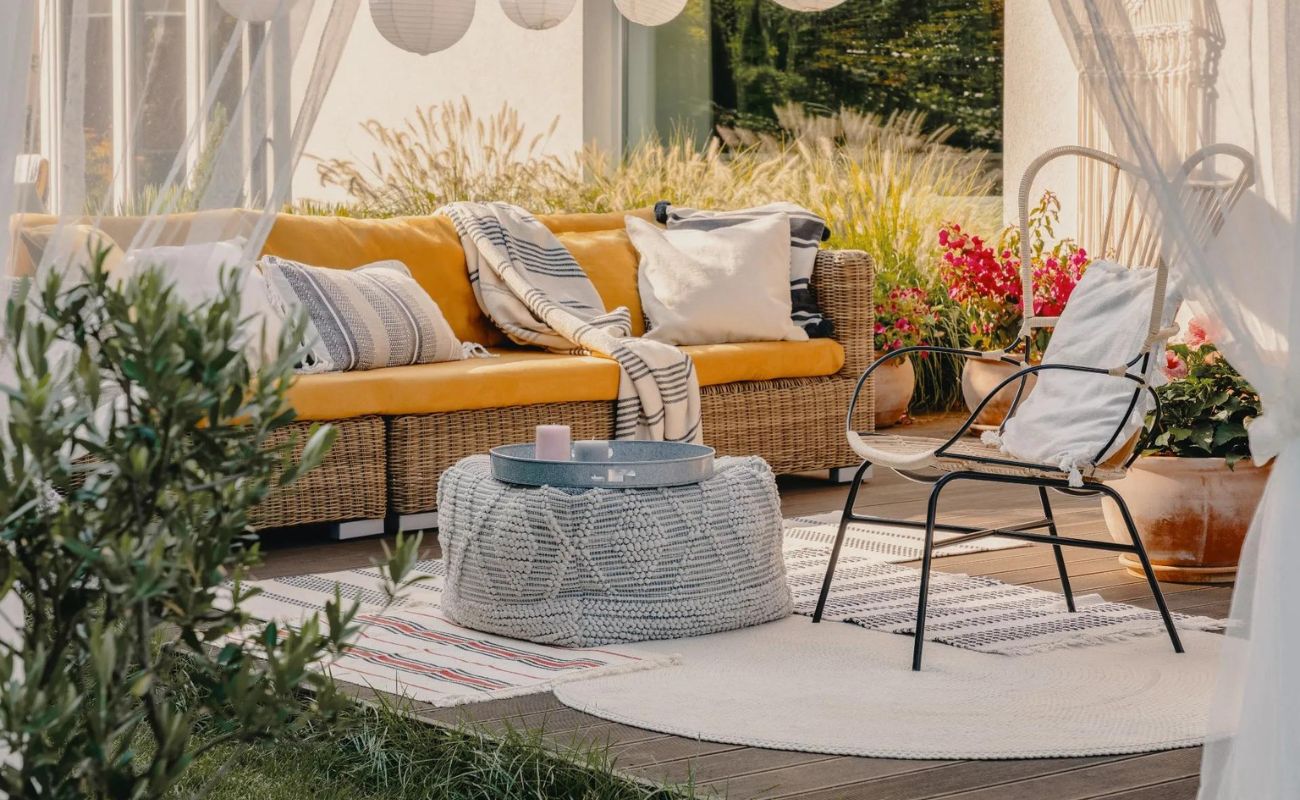

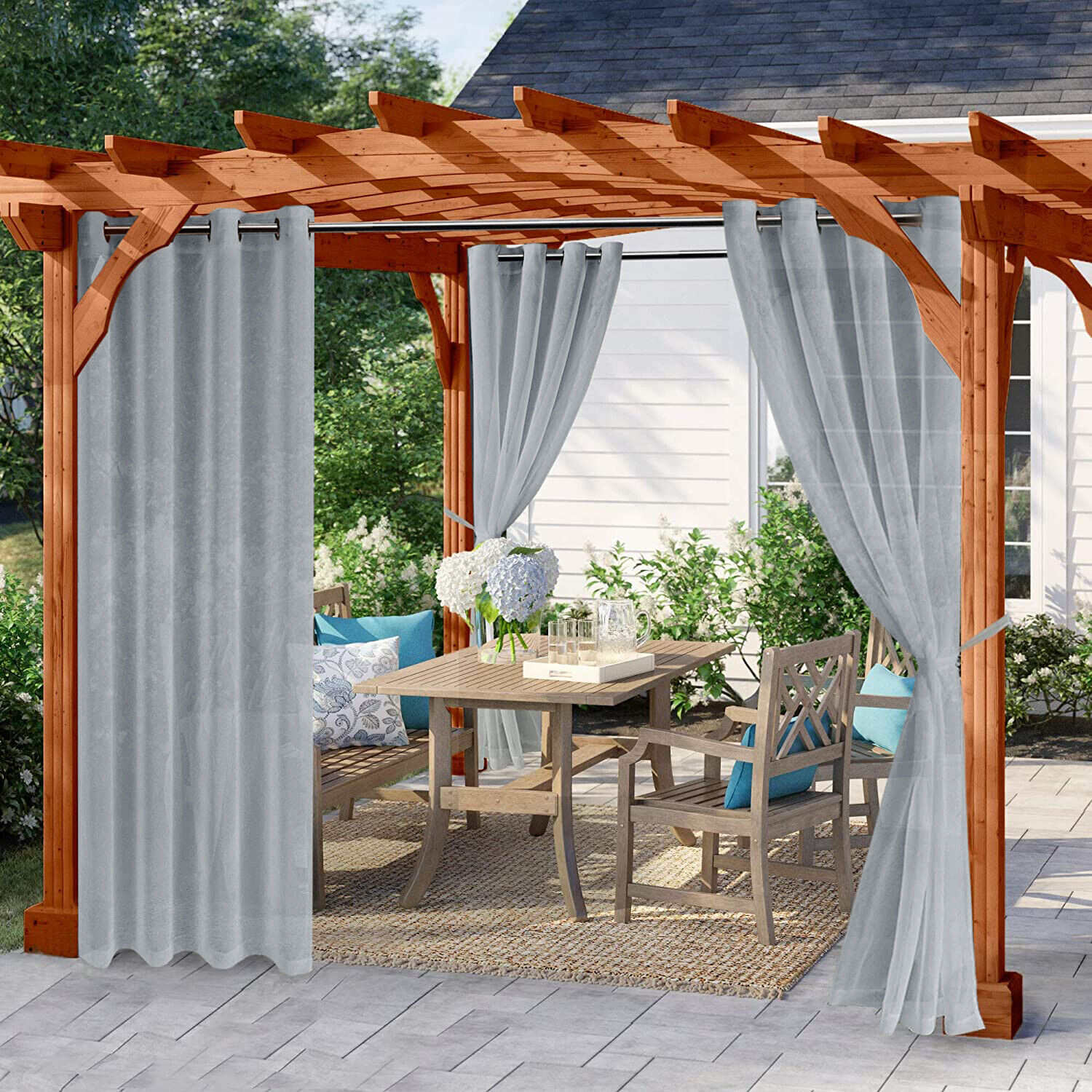
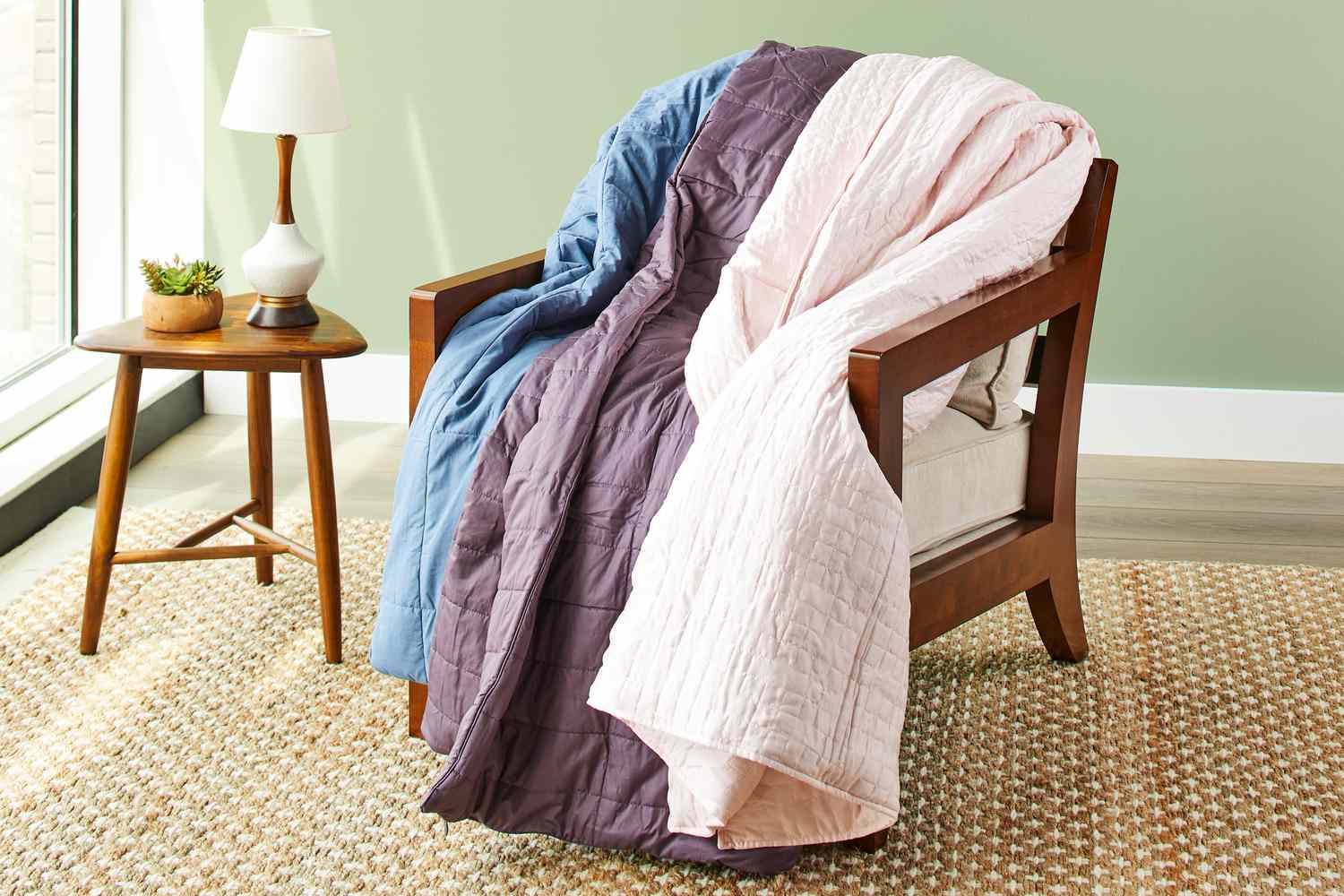
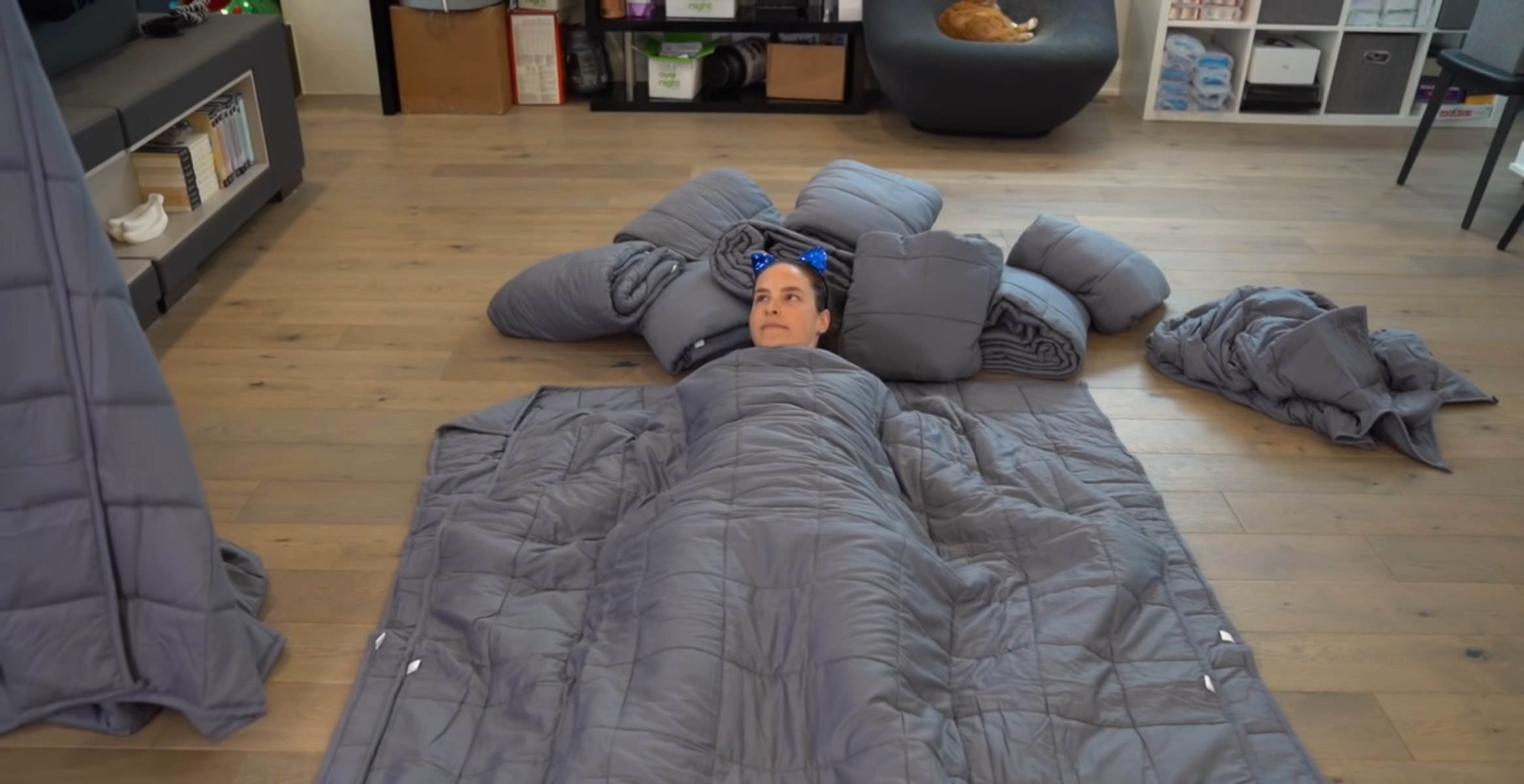

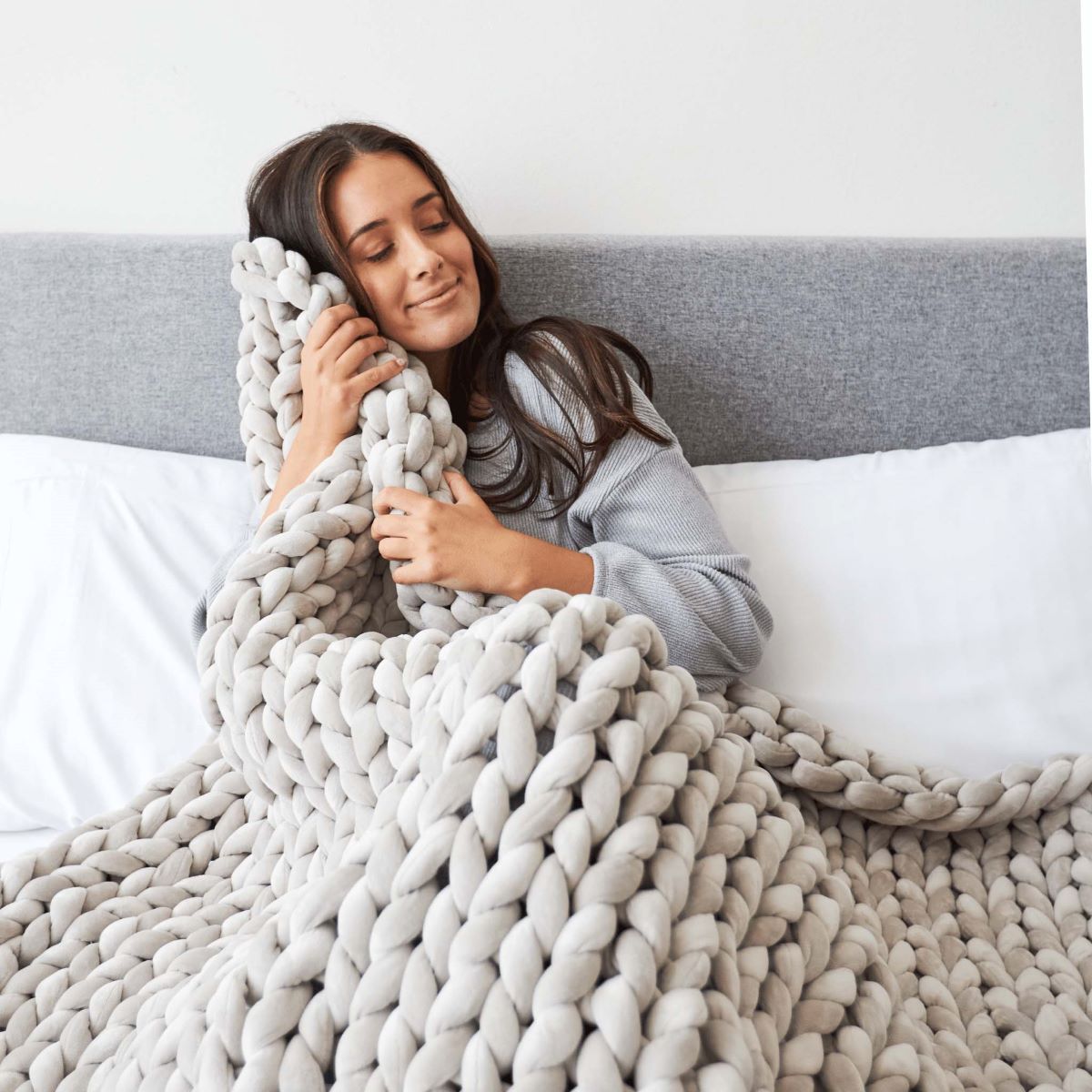
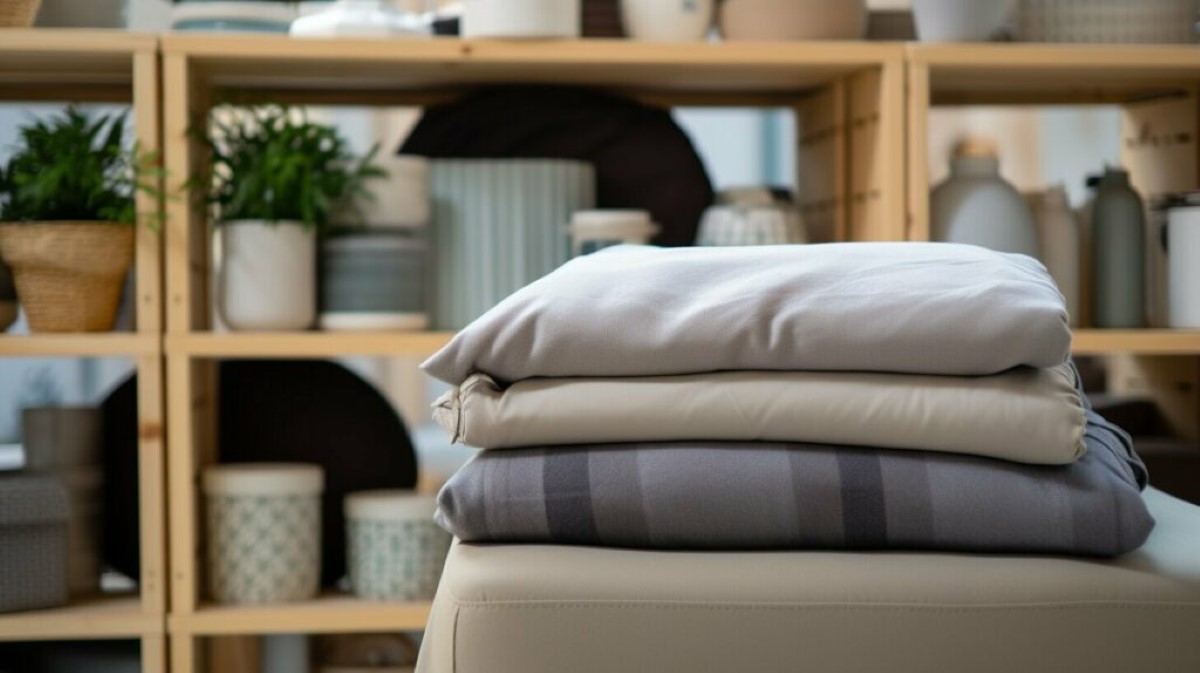

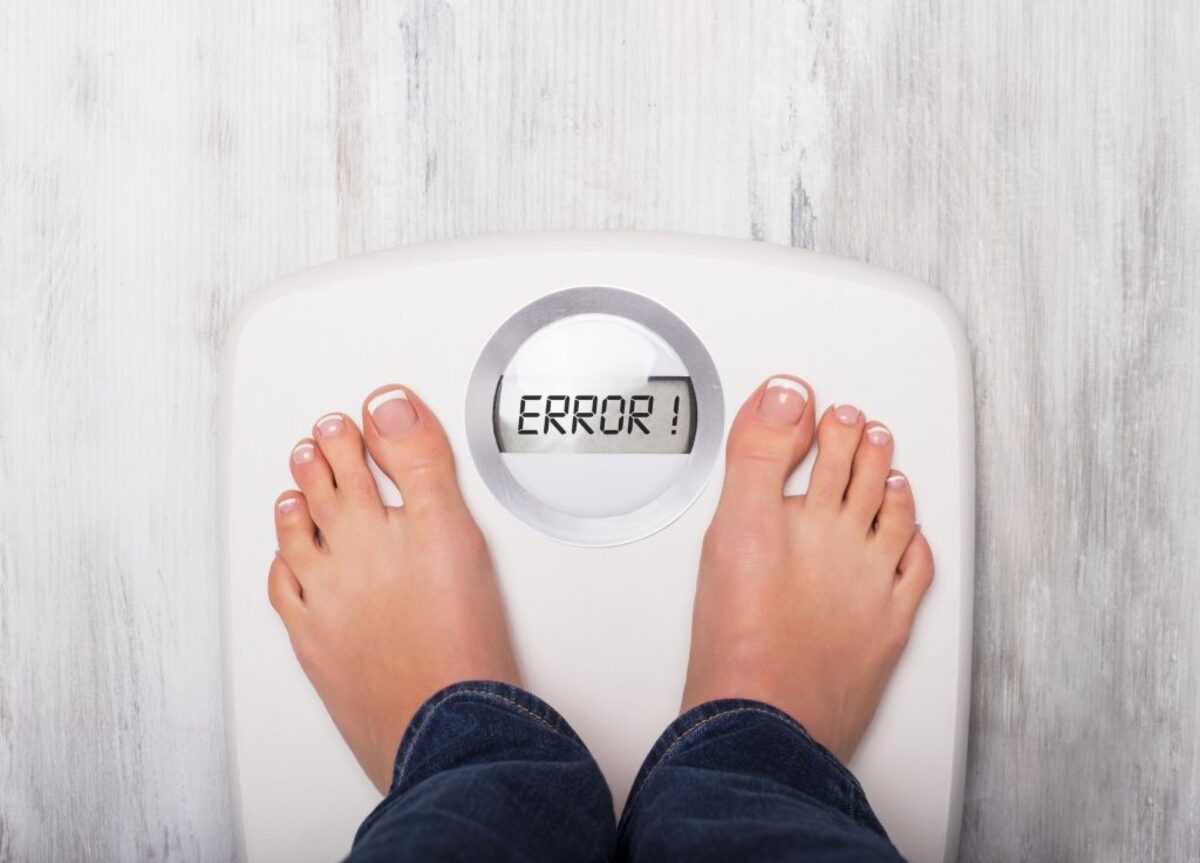

0 thoughts on “How To Weight Down Outdoor Curtains”